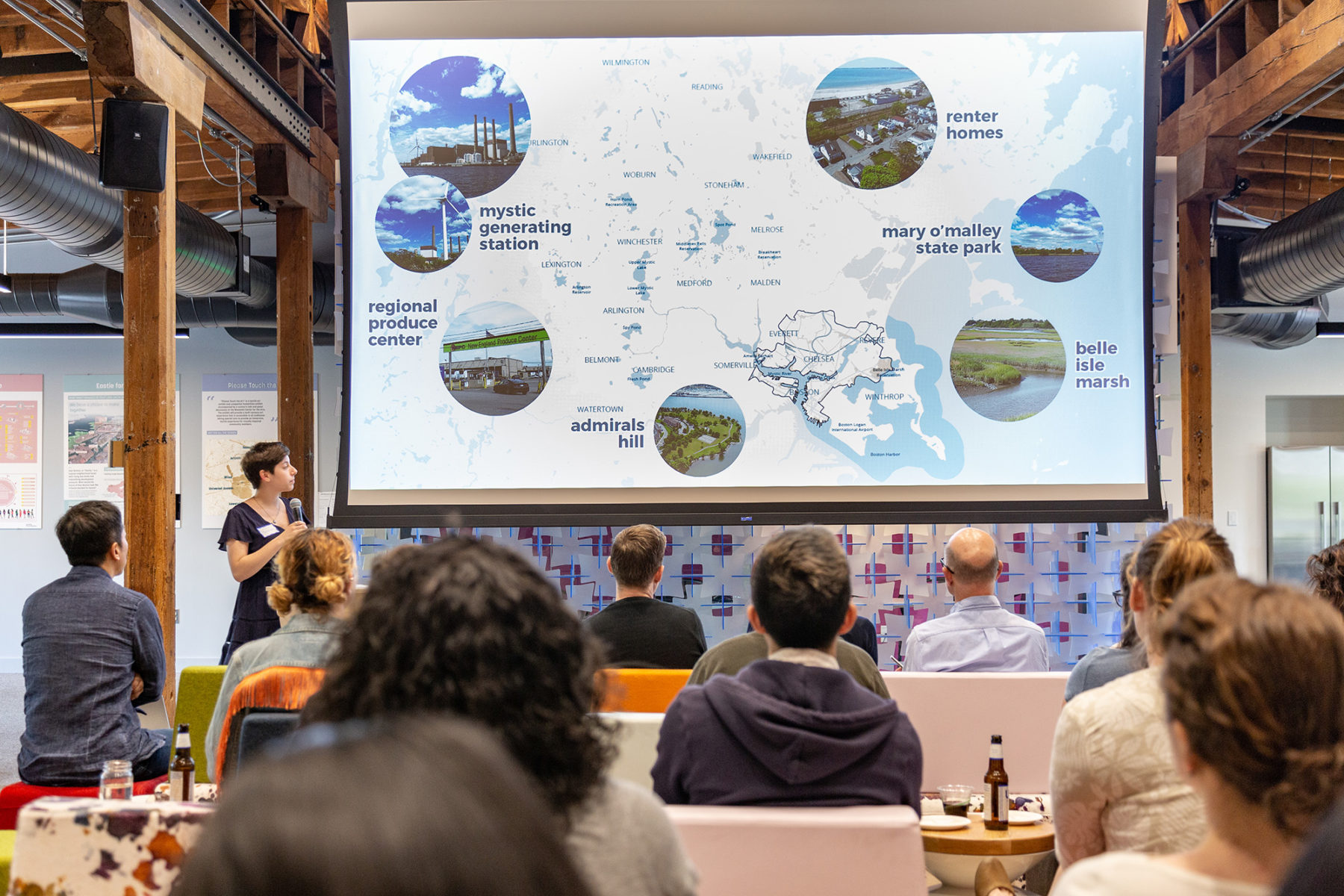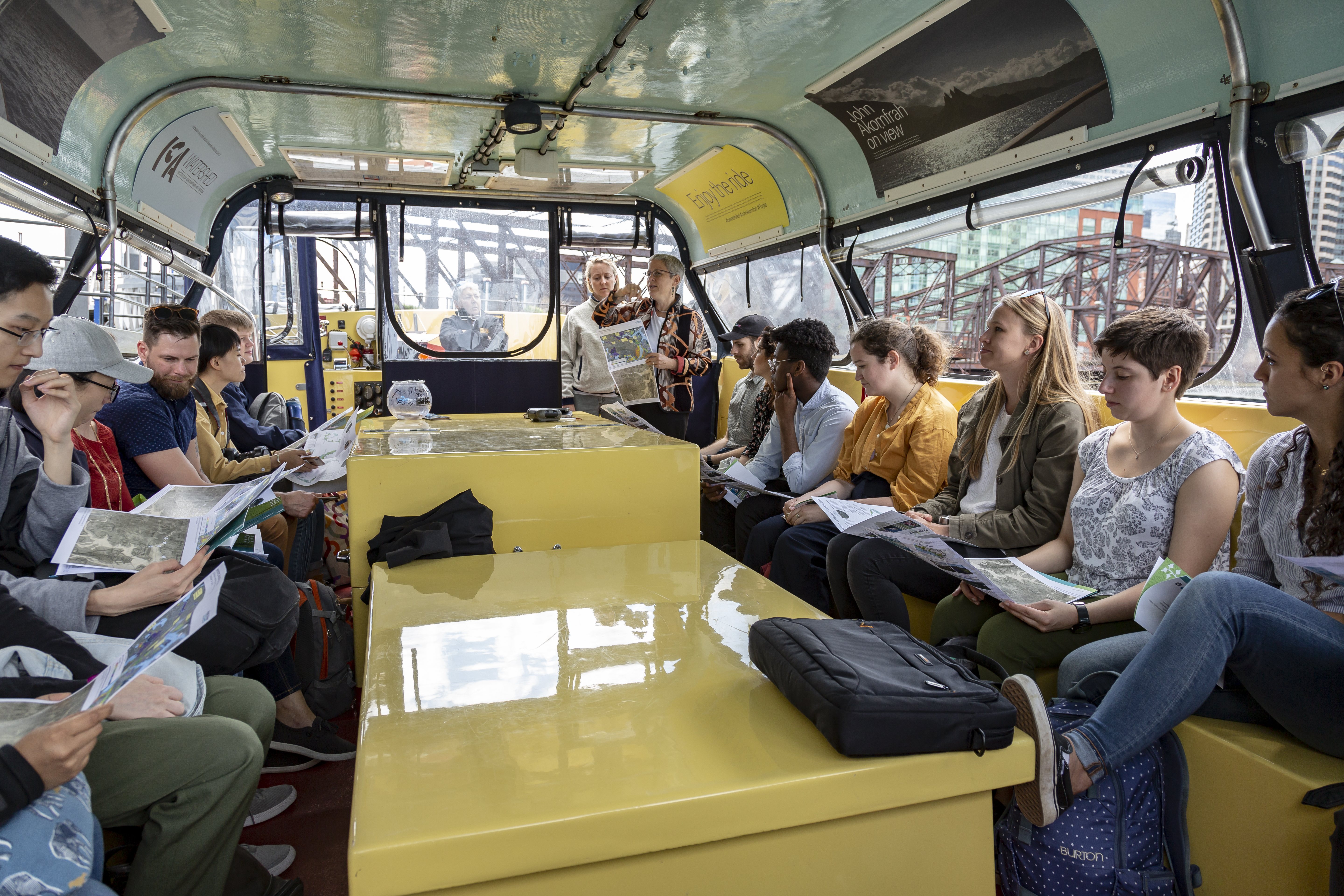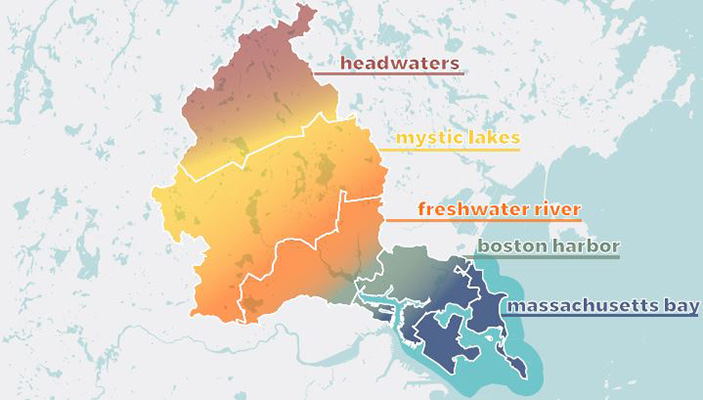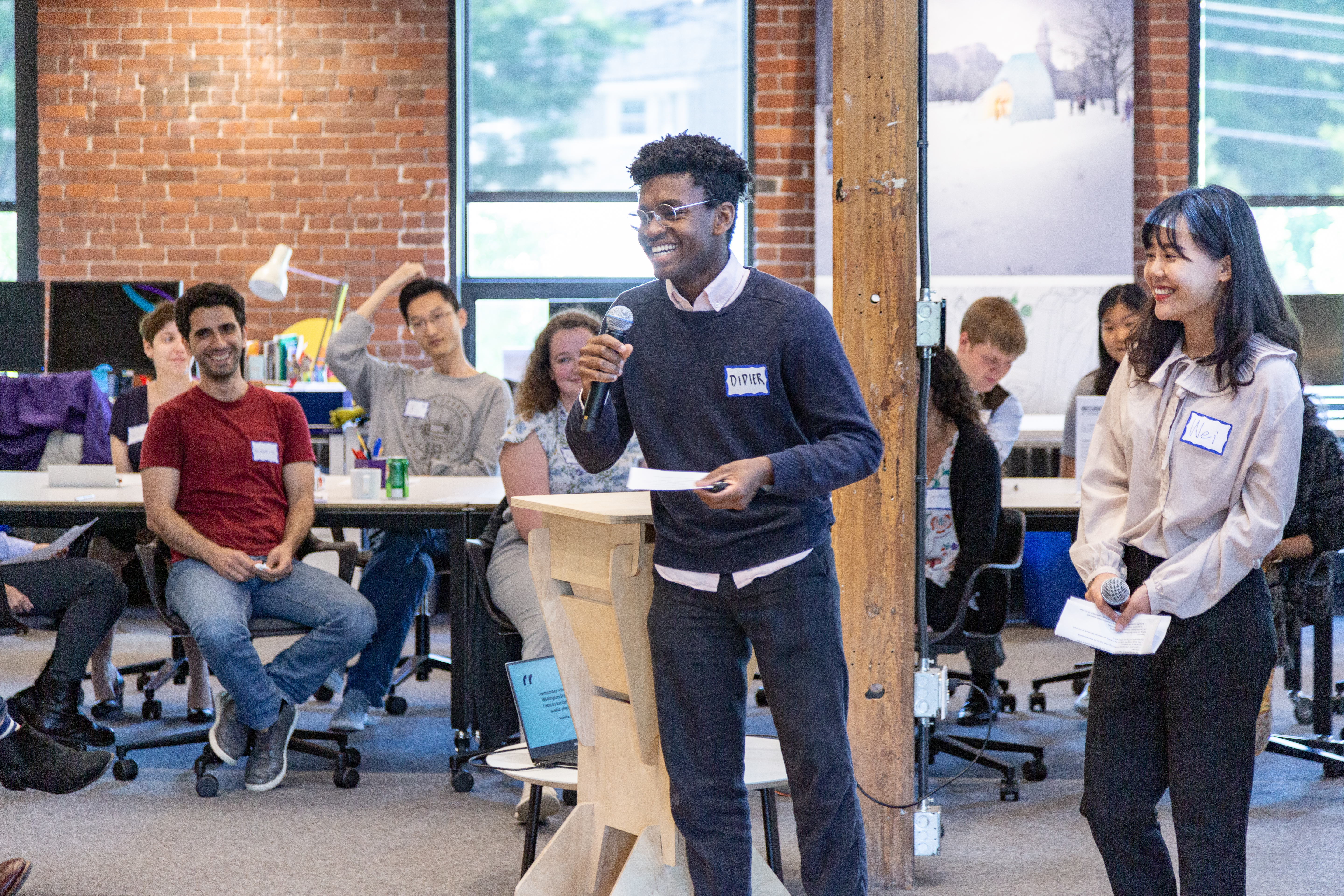Interns Explore Watershed Resilience

 Sasaki
Sasaki

Sasaki starts its annual Summer Internship program with an intense two week charrette. Paired with a local client, interns—representing landscape, architecture, urban planning, marketing, and graphic design—work across their respective disciplines to address real-world design and planning challenges. The two week charrette introduces the group of interns from around the world to what it’s like to work at Sasaki.
In the 2019 charrette, the client, Mystic River Watershed Association, asked interns to research site-specific resilience strategies for areas within the watershed. Through policy advocacy, coalition building, and educational programming, the Mystic River Watershed Association has worked across municipal boundaries to shape an equitable and resilient future for watershed communities.

During their site visit on the Mystic River, the group of interns learned the story of the watershed from Julie Wormser, Director of the Mystic River Watershed Association and Mystic Greenways Director Amber Christoffersen. They emphasized the importance of shaping a story about the watershed alongside analyses and expressed their aspirations of content which would make their constituents motivated and hopeful. “We love our watershed. It’s at risk. We can do something about it,” Julie told the group.

Sasaki designers and interns on our Mystic River site visit
Examining factors like land use information, demographic data, and drainage systems, the cohort developed an understanding of the watershed’s twenty-two cities as five distinct “Character Zones”. These five zones focused on grouping over municipal boundaries, expanding on MyRWA’s previously defined three zones.
Interns focused on highlighting existing resilient assets and identifying vulnerable areas within the watershed. Open green spaces like The Mystic Fells Reservation and Belle Isle Marsh were identified as existing resilient assets, managing stormwater and extreme heat, while the commercial centers in Woburn and the coastlines of Revere were identified as sites vulnerable to climate-intensified hazards, like extreme heat and coastal flooding.

A map of the 5 Character Zones, within the Mystic River Watershed
Moving into the final week of the charrette, the group compiled local and global precedents of resilient infrastructure. Studying the watershed zones’ unique building typologies, assets, and challenges, the interns identified precedents specific to each zone. These precedents ranged in scale from community stormwater barrel giveaway programs and green roof initiatives to large scale projects which transformed industrial sites into public marshlands.
They concluded their analyses and research with sections revealing an imagined future of the mystic, a future which, despite the impacts of climate change, demonstrates an understanding of the Watershed’s histories while centering the public through riverside spaces.

A section drawing of the interns’ imagined future on the Mystic River
On their last day, after multiple pin ups and run throughs, the interns presented their work, titled “Make Way for Water,” to Sasaki Principals and Julie Wormser for a juried design critique. The interns captured the essence of Sasaki’s interdisciplinary approach to design and planning; “it was impossible to tell the architects and planners from engineers and graphic designers,” said Martin Zogran, Urban Design Principal. Mentored by Sasaki design, planning, and marketing employees, interns from each discipline lent their unique skills and backgrounds to a collective goal.
The work they had produced in just two weeks left their critics “speechless.” Comments from the jurors were positive and hopeful. Critics praised the diversity of compiled precedents and noted how the range of scales made each of the precedents feel like a possibility.

Interns presenting their project
Julie Wormser of the MyRWA expressed her excitement to integrate the interns’ research with the associations ongoing work. The interns were invited to present to community representatives of the Resilient Mystic Collaborative and to the board of the MyRWA. The maps, graphics, and analyses from the charrette will be added to the Mystic River Watershed Association’s website.